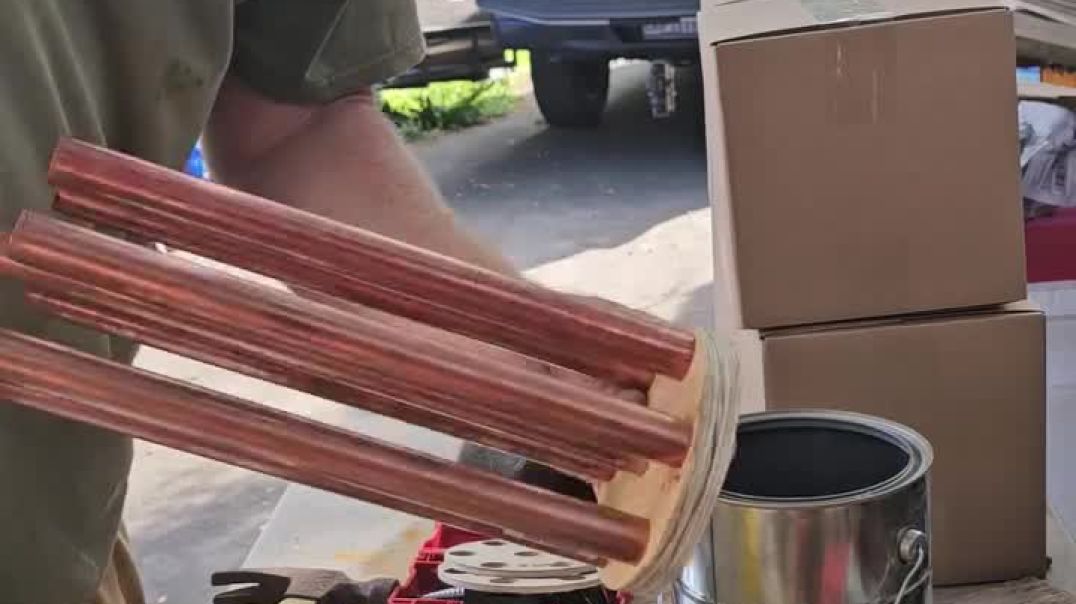Step by Step - How to Build a House
Believe it or not, there are sequences in construction. If there were not, we would all end up building our own individual portion of the project at the same time or at random times and we would wind up having an awful mess on our hands (not to mention a complete train wreck of a project)! In this episode of Electrician U, Dustin digs into the different phases of building a house.
🤘⚡️MEMBERSHIP⚡️🤘
JOIN ELECTRICIAN U - become a member and get:
FREE Continuing Education every year
FREE Practice Exams
FREE Monthly Video Courses
FREE Weekly Live Instructor-Led Classes
FREE Monthly Educational Newsletter
Premium Members-Only Content
Private Discord Channel
Monthly Members-Only Discord Chats
Sign up here --- https://www.electricianu.com/e....lectrician-u-members
🎧🎹MUSIC AND VIDEO:🎹🎧
https://www.facebook.com/descantmv
🎬✍️ART AND ILLUSTRATION:✍️🎬
https://www.daverussoart.com
Before we start, there are a few things to discuss. For one, there are many (MANY!!) different phrase choices for the different phases, and these tend to vary from one location in the country to the other. So, for the purposes of this discussion, we will just talk in generalities, and you can adjust to where you are at to get the language just right! Also, while we ALL must work together to have a successful project, the different trades, and the different jobs Within each trade, will have more interest and interaction with the various phases of a construction job. A trim carpenter will most likely have no interaction with the site prep phase but will have a major part in the trim out phase.
One of the first things we must do is get the site ready to accept the job. We will call this Site Prep. Dirt must be moved and leveled, trees and underbrush must be cleared, and sometimes access roads must be built to give us access to the site. For us electricians (or anyone in the MEP trades) this is where we put in our deep underground conduits, bring our utilities to the site, and put in any of our work in that needs to be put in the ground. Closely behind the site prep portion is the slab work. This is where the rebar is installed and tied, and the concrete slab is placed. As electricians, we also must be present here to install the smaller branch conduits, floor boxes, etc. that go into the slab as well as install our Ufer grounds. This is also the point where the temporary utilities are brought to the site to use during construction.
Framing of the structure is the next phase of construction. Interior and exterior walls are framed, the roof is installed, and the building is dried in. This is the point where the MEP trades will do the rough in for their respective trades. Plumbing pipes are installed, ducts put in, and wiring is run. This is the process where it appears to have the most work done as you started off with just a slab of concrete and when done you have a building! As soon as those trades have finished, and their work is inspected (and passed!!) the drywall can be installed, and finishing can begin.
During the finishing stages the typical sequence is drywall is hung, taped, and floated, then textured. Once texture is complete, then the cabinets, tile, trim wood, etc. are installed. Typically, this work is done before final paint as installing those finishes can result in scuffing up the walls a bit, so paint is left until after. After the paint is dry, the MEP trades are released to come in and install their respective trim out devices. For us electricians, this is where we put in the receptacles, switches, can light trims, surface ceiling fixtures, and things of that nature. Serious consideration must be given to the scheduling of the various trades at any one time so we aren’t working on top of each other (or at least as little as possible) so we can get our jobs done in a timely fashion.
The last thing to be done once the trim has been placed is get the final inspection(s) for the project. A thorough run through the project is made by the inspector, and once he/she is satisfied that we have installed everything appropriately, they will release the project with a certificate of occupancy!
Sometimes the sequences are a bit different, and some of the tasks will vary from project to project and location to location, but these steps are fairly typical of a standard project. We hope this has been insightful into the steps necessary to build a home. Is there a particular topic you would like to have discussed? Please leave some comments in the section below and let us know. Please continue to follow Dustin and Electrician U as we are constantly adding new content to assist our viewers in their careers!
#electrician #electrical #electricity #sparky life #electrical contractor #construction management























SORT BY-
トップコメント
-
最新のコメント